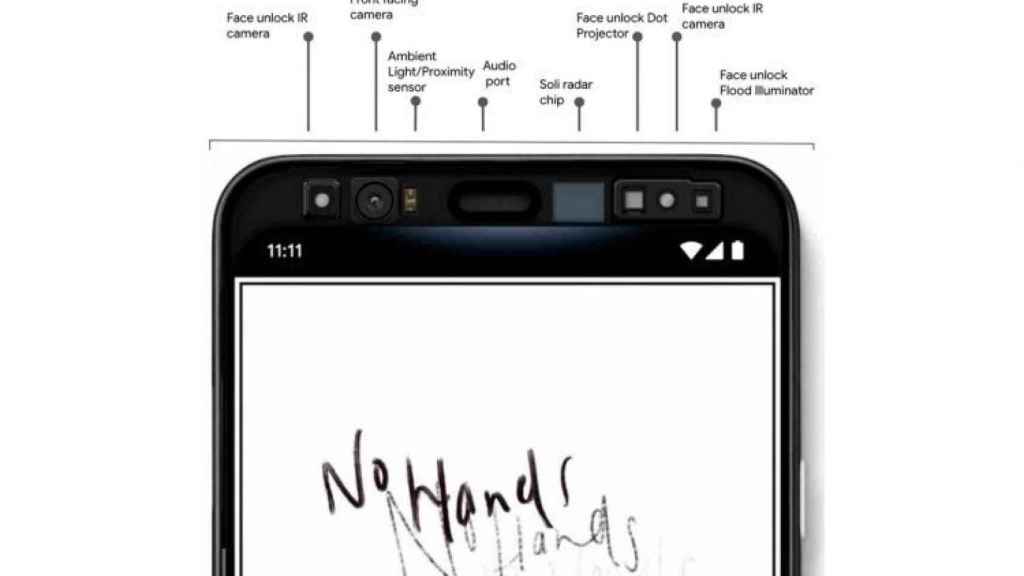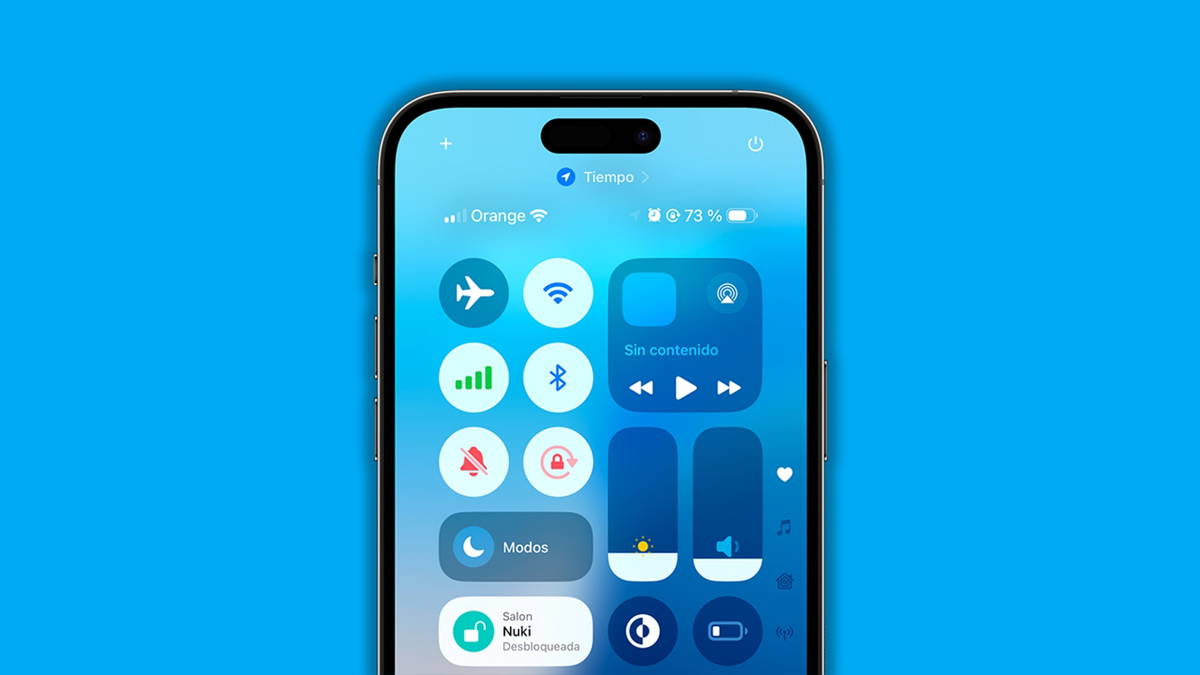The default authentication method of the vast majority of Android phones is the fingerprint reader; This is the easiest and safest way to unlock mobile or authorize purchases.
[PIN o sensor de huellas: ventajas e inconvenientes de estos sistemas de bloqueo]
But that doesn’t have to be the case. We don’t have to look far to see an alternative: iPhones use Face ID, scanning the face for biometric identification. This is something that some Android mobiles have tried, without much success, and most of the time face authentication is less secure.
Iris recognition on Pixel phones
But the story could have been very different. Another method could have been the Android benchmark, perhaps if Google had made a different decision at the time. Now we know, thanks to a leaked prototype of the Google Pixel 2, which was canceled and didn’t hit the market.
(1/4) A very rare Google Pixel 2 Walleye Prototype (EVT-E) with a previously unknown iris recognition system built into the device. To register, you align your eyes and keep them open. Part of the #internalarchivecollection pic.twitter.com/wrSZ8dbJpS
— Internal Archive (@ArchiveInternal) October 28, 2022
The interesting thing about this prototype, codenamed “Walleye”, is that it has two additions to the front, which replace the 8MP front camera that the original Pixel 2 had: an infrared light and an infrared sensor. Mobile runs a modified version of AOSP with features that take advantage of this additional hardware.
The most striking function is undoubtedly the possibility of identify us by the iris of our eyes
This system has several advantages, such as the fact that it does not require lighting (unlike simple facial recognition), a greater safety and ease of use, since we would not even have to pick up the mobile as we have to do with the fingerprint reader. Also, Google may have experimented with other possibilities, such as using the infrared sensor in the camera app.
The Pixel 4 skipped iris recognition in favor of a complex system
For some reason Google decided that wasn’t the way to go, and in subsequent devices it focused on adopting facial recognition with the Solis radar, included with the Pixel 4. turned out not to be as effective as Face ID on the iPhone. And that brings us to today, where the fingerprint sensor is king.
Could things have changed if Google had opted for infrared? Remember that Samsung had the same idea, but in the end the Galaxy S9 was the last model launched with iris recognition. Perhaps if Google had backed it with its own Pixel, other manufacturers would have joined; but it’s hard to say, and that makes this prototype remain a mere curiosity.
You may be interested
Follow the topics that interest you








